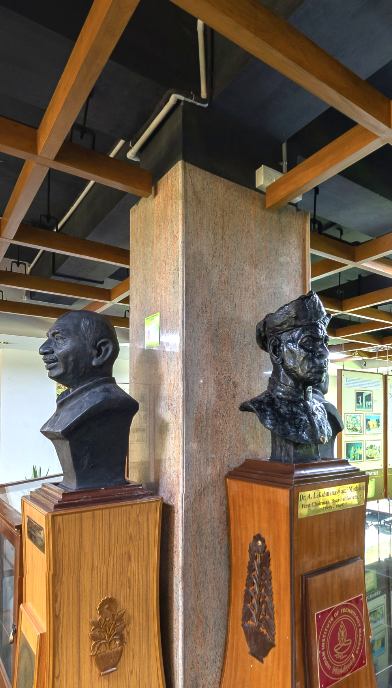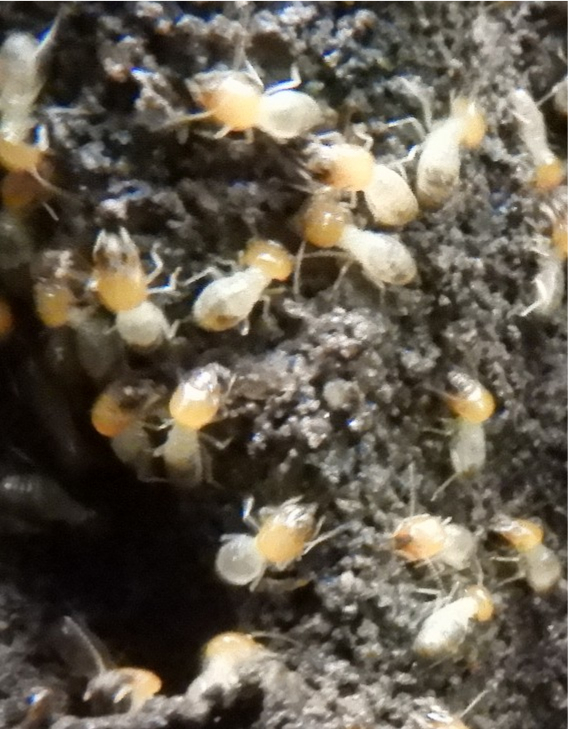
-
Termite Thoughts
May 06, 2021
Kumaran Sathasivam
Over the last six weeks or so, my thoughts have been turning frequently to termites.
It is not because termites are fascinating that I have been thinking of them—and they are indeed fascinating. Just consider their lives: They are retiring in the extreme, leading almost entirely subterranean existences. They live in immense communities. They seem to be driven by a singular passion to consume cellulose in various forms. They are blind. They communicate using chemicals. The more you think about termites, the more engrossing and astounding you find them.
No, my attention has been repeatedly drawn to termites because of a couple of projects they have undertaken in the Heritage Centre in the past. Every now and then, termites visit the Heritage Centre in the night. The evidence is present the next morning when we come in for the day. It is always in the form of a few grains of sand, spread in a characteristic small circle on the shiny black flooring. You would think the joints between the stone slabs are well sealed, but they evidently have openings that provide the termites access.

Termites making a rare appearance above ground
There is little to do about these little excursions except remove the excavated sand. No damage is done by these visits. Which is not to say that damage is not possible.
In a previous issue of Letter from Heritage Centre I have mentioned the termites’ taste for art and specifically their appreciation of Director Sengupto’s portrait. Termites also gained access to the theatre of the Heritage Centre once. Their explorations of the wooden panelling there were so thorough that there was precious little wood left in the panelling when they were done. What was astonishing was that the termites had spared the veneer alone so that there was no indication whatsoever of what had been going on below the surface. We had the ravaged panelling, or what remained of it, removed. We felt that it was not a good idea to replace it.
I have also mentioned how perilously close to our photo collection termites came once. Fortunately only the wooden cupboards were the casualty then. We have since housed the photographic albums in steel cupboards. The cupboards have been placed away from walls. However, this measure is not guaranteed to deter termites. I keep in mind what the 19th century naturalist Robert Sterndale wrote about a chest of drawers that was placed a few inches away from a wall. The chest stood with its feet immersed in saucers of turmeric water. The contents of the drawers were considered to be safe on account of the steps taken. Yet, when a drawer was opened, it had termites in it. The insects had made a track up the wall to a level with the drawer. Thence the termites had built a bridge, a mud pipe, to the drawer and entered it.
With this knowledge, every time I pass the cupboards, I scan the albums through the glass doors for signs of termite activity. I also study the metal backs, the feet and the door-gaps of the cupboards carefully for the tunnels that termites construct wherever they go.
Isn’t ‘pest control’, the use of deadly chemical pesticides, an effective way of preventing damage by termites? Would the Heritage Centre not rest easy if the floor and walls were to be injected with termiticides? Ha! This treatment is not effective at all. I am sure that chemical-based pest control treatment steps are taken when new constructions are built on campus. But that did not stop termites from reaching the third floor of Kurinji, an apartment complex that was built near the shopping centre some 15 years back. There the termites emerged in a kitchen loft. In that infrequently opened loft, they hit pay dirt. It was full of large cartons, put away there for storage. The termites left behind some heaps of powder.
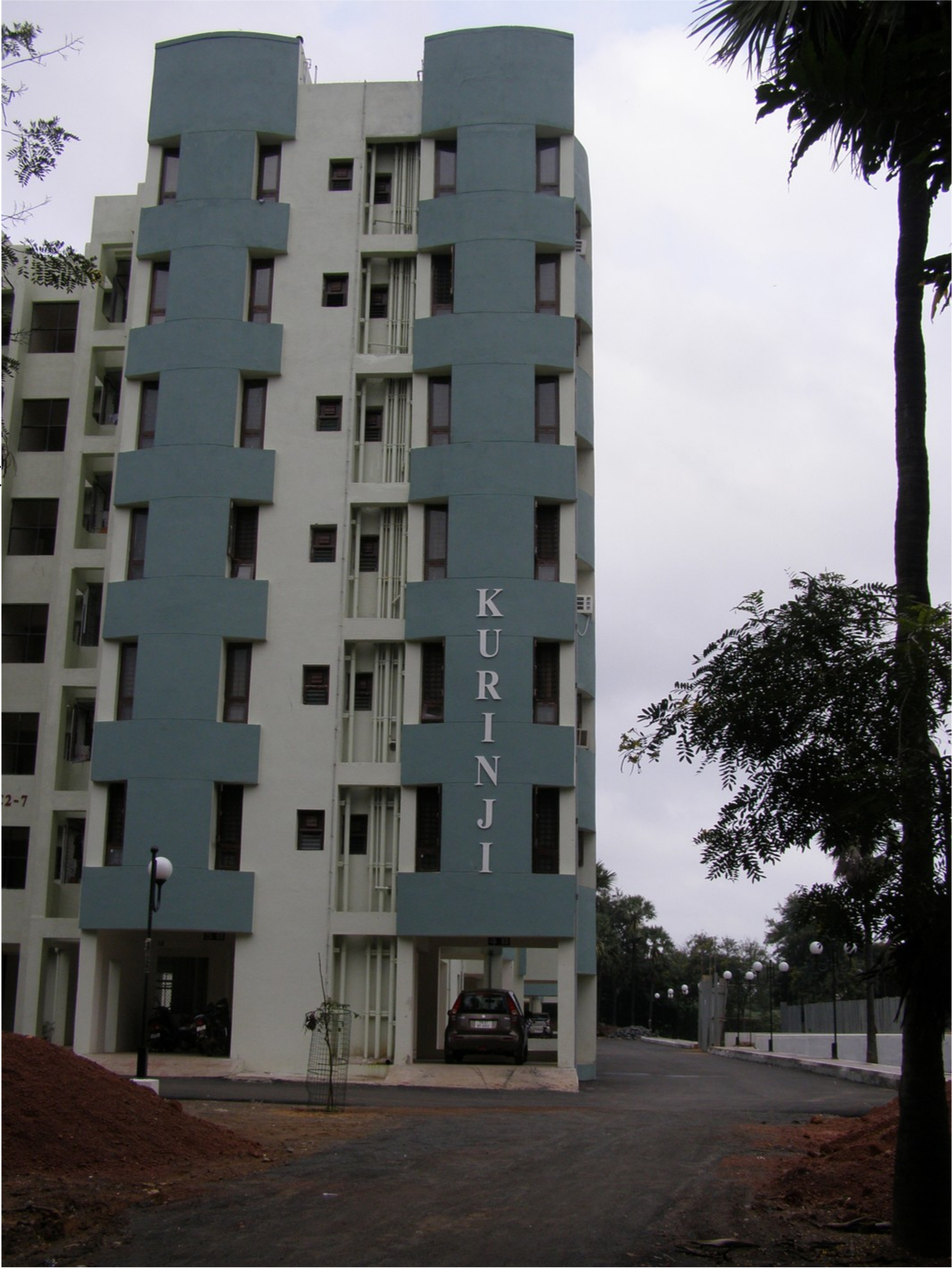
Termites demolished cardboard in the third floor
The sheer futility of combating termites with chemical weapons! This strikes you when you see a display of the numbers of the termites involved. As I did last year.
It was close to midnight when I was driving to the airport. I was early for the night, and I decided to drop into the IIT campus to have a snack at the IRCTC cafeteria. Just before entering the campus, I noticed termites swarming around lamp posts on Sardar Patel Road. Within the campus too, there were flying termites at the lamp posts. But they were so much more numerous inside! Each street lamp had a thick mass of termites whirling around it. A nuptial flight was in progress, a phenomenon in which male and female winged termites emerge from their nest during certain parts of the year. The termites fly up in a cloud, return to the ground, shed their wings and start a new nest if possible.
The numbers of the winged termites within the campus were staggering. All along Delhi Avenue, they flew thick. In the light of the headlights they gave the impression that it was raining hard and that the rain drops were big and brown. Each lamp post along the road had its own galaxy of termites.

Each lamp post had its own galaxy of termites
I rode on, watching it all in awe. Since it was late at night, there was practically no one around. I saw a couple of crows that had woken up to have a midnight meal of termites. A jackal was trotting along ahead of me, and I wondered if it too was interested in helping itself to the abundance of insects around.
At Gajendra Circle, I saw a solitary student standing near the elephants, watching in wonder the spectacle of termites all around. As I turned left, the numbers of termites dropped. It appeared as though little termite activity was going on near OAT and around the hostels. But no, when I reached the cafeteria, the termite numbers started building up there. They were flying, they were crawling all over the ground. They were fluttering on the awning. The flight of the termites around the hostels was merely lagging behind that of Delhi Avenue by some minutes.
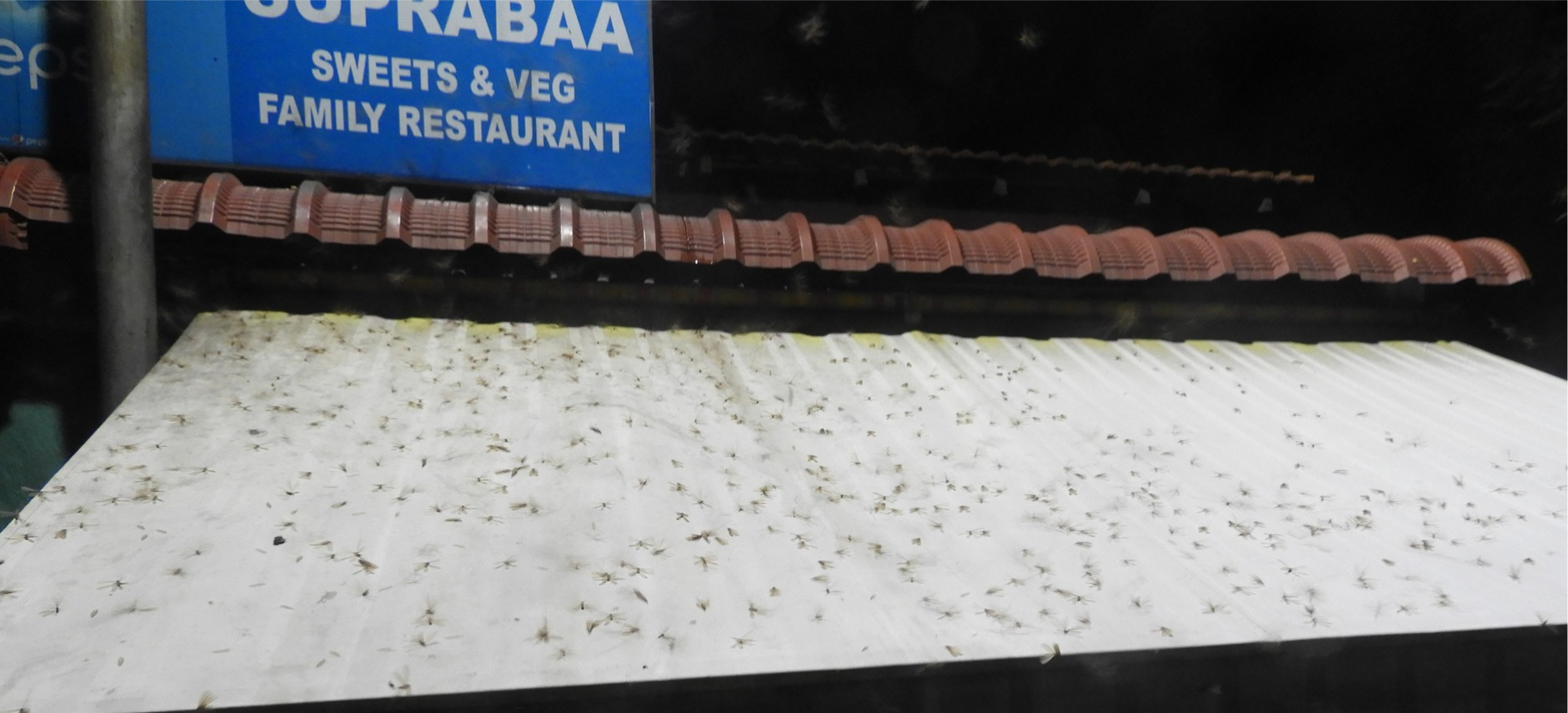
Fluttering on the awning
At the cafeteria, toads started materialising, as though by magic, and pursuing the termites on the ground.
As I ate, I wondered at the sheer magnitude of the phenomenon I was witnessing. Large colonies of termites are estimated to have several million individuals. There were certainly hundreds of thousands of termites in the air that night. Maybe there were even a million flying termites. What an opportunity and experience it all was!
The termite numbers started dropping only when I got up to drive out of the campus. The whole episode had lasted around half an hour. I had been most fortunate to have witnessed it almost in its entirety.
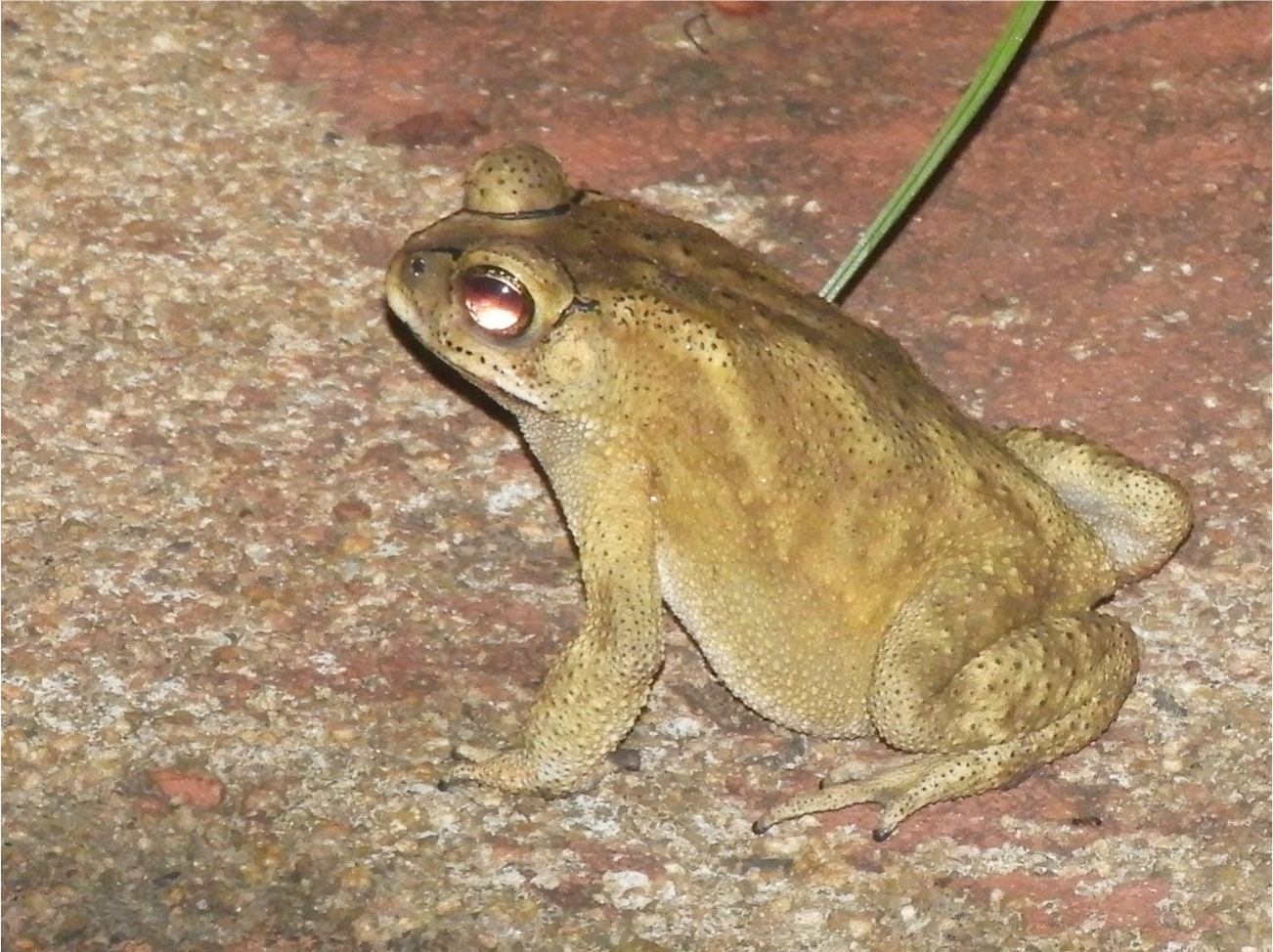
Toads started materialising as though by magic
The next morning, I found the roadsides covered with the wings of the termites. Jungle crows were picking bodies of termites out of these. On Madras Avenue, I saw a white-eyed buzzard eagle, a bird I had not spotted in the campus previously. It too had evidently been treating itself to termites. A telltale termite wing was protruding from the side of its mouth.
When you consider the number of termites there are all over the campus, the idea of keeping them away seems laughable. Saturating our buildings and immediate surroundings with poisons as a means of ‘protection’ will work only briefly. You might as well apply an ice pack on an erupting volcano and expect it to cool down for ever.
Our strategy at the Heritage Centre has been to be vigilant at all times in safeguarding the photographic albums and other treasures. In these days of locking down against a pandemic and protecting ourselves against a virus, that is proving to be challenging. Ergo, the termite thoughts.

Termite mounds – with fungi growing on them
White-eyed buzzard eagle: Evidently having termites for breakfast
Kumaran Sathasivam
Your response to Letter from Heritage Centre is welcome. Please send mail to heritage@iitm.ac.in
The Heritage Centre is located in the ground floor of the Administration Building, IIT Madras. It is open on weekdays from 9.30 am to 5.30 pm.
- Contribute
to the Centre -
Monetary
Support - Digital
Material

